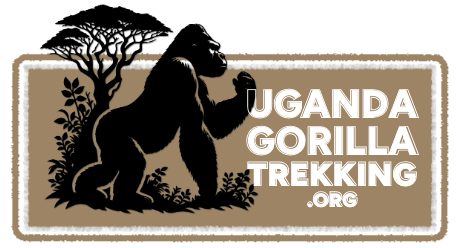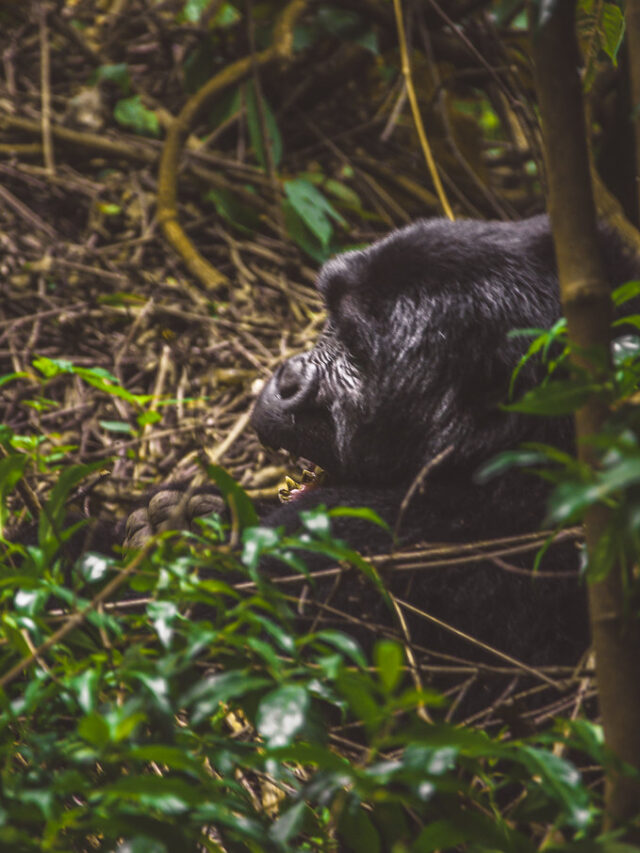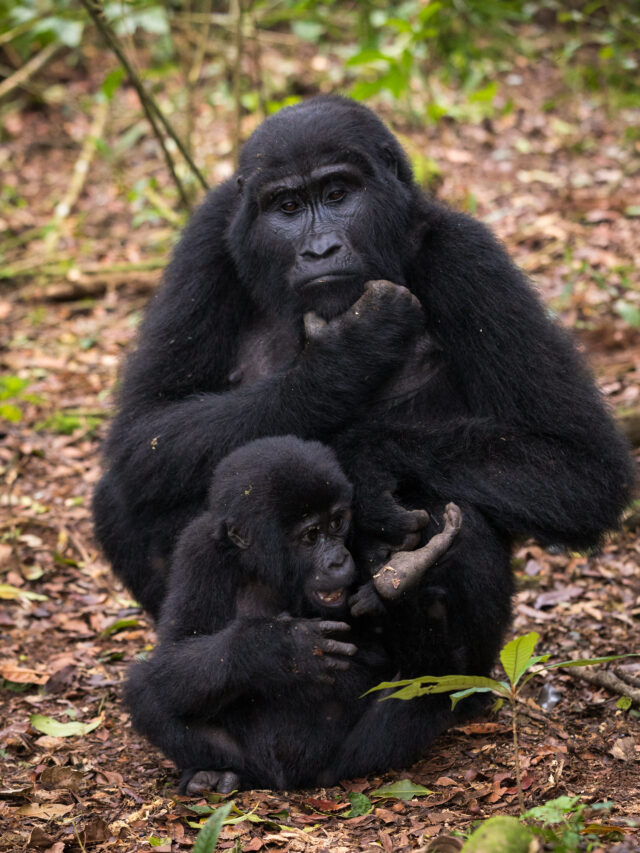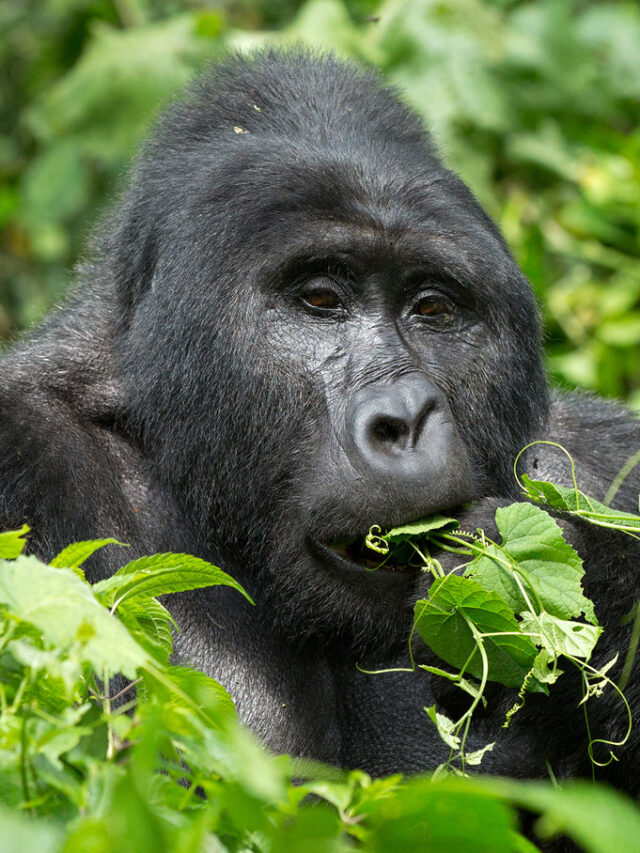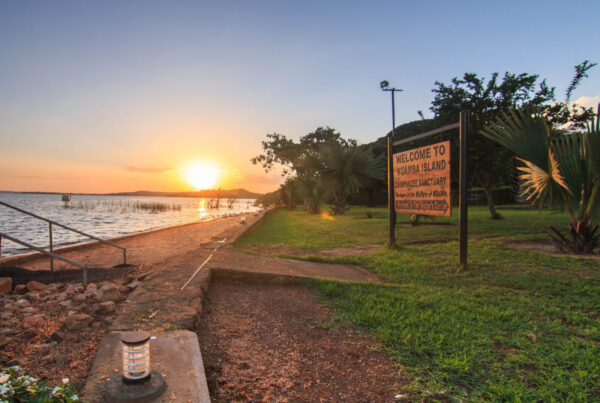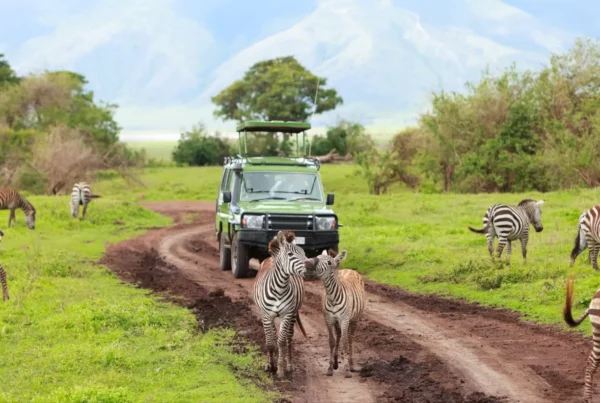Is Gorilla Trekking Worth the Money? A Journey That Transforms More Than Just Your Travel Bucket List
At first glance, gorilla trekking may seem like an expensive splurge. With permits costing $800 in Uganda, and even more in Rwanda, many travelers wonder: “Is gorilla trekking really worth the money?” This is a fair and deeply personal question—especially for adventurers trying to balance a dream trip with a realistic travel budget. But when you look beyond the surface costs and into the heart of what this journey offers—emotionally, ethically, and experientially—it becomes clear that gorilla trekking is not just a tour, but a transformative investment in yourself, in conservation, and in communities.
More Than a Safari: You’re Paying for Access to the Last of the Wild
Unlike a standard wildlife safari where you view animals from a vehicle, gorilla trekking is raw, intimate, and deeply personal. You trek on foot through thick rainforest terrain, guided by expert rangers, until you come face-to-face with a family of wild mountain gorillas. There’s no cage, no glass, no fence—just you and the gorillas, breathing the same jungle air.
That one hour in the presence of a silverback, watching babies play, or locking eyes with a mother gorilla, is like staring into the soul of nature. The sheer emotion of being so close to a species that shares 98% of our DNA, and has survived despite decades of poaching and habitat loss, is hard to describe and even harder to forget.
You’re not just buying a permit—you’re buying access to one of Earth’s rarest experiences, something so few humans ever get to do. In this context, the price begins to feel less like a fee and more like an honor.
Your Money Funds Conservation, Not Corporations
One of the most misunderstood aspects of gorilla trekking is where your money goes. In Uganda, a large portion of each trekking permit—roughly $800 as of 2024—is reinvested directly into conservation. It helps fund the Uganda Wildlife Authority’s anti-poaching patrols, veterinary care for gorillas, and forest protection initiatives. These funds are also shared with local communities, many of whom once viewed gorillas as threats or were involved in forest exploitation.
By trekking, you’re directly supporting the survival of mountain gorillas, whose population now numbers just over 1,000 globally. Without responsible tourism, the future of these gentle giants would hang in uncertainty. So, your money becomes a lifeline—not just for gorillas but for the ecosystems and cultures that surround them.
It Empowers Communities Living Near the Forest
Gorilla trekking doesn’t just benefit wildlife. It uplifts human lives, too. A portion of the permit fees is allocated to community development—schools, clinics, clean water projects, and livelihood initiatives that make a lasting difference in the daily lives of people living on the edges of the national parks.
Local porters, guides, lodge staff, and craftspeople all earn a living because of gorilla tourism. In places like Bwindi and Mgahinga, where opportunities are otherwise limited, tourism brings dignity and sustainable income. When you pay for that gorilla permit, you’re not just supporting a park—you’re investing in a region’s future.
The Emotional and Spiritual Payoff Is Priceless
No one comes back from gorilla trekking the same. It humbles you. It awakens a sense of connection and empathy that lingers long after your muddy boots are packed away. It reminds you of what’s at stake in this world—what we’ve already lost, and what we still have a chance to protect.
Yes, it’s hard work. The hike can be steep, the forest can be wet, and the altitude can be a challenge. But that’s what makes the experience so profoundly moving. It’s not handed to you—it’s earned, and that makes it unforgettable.
So, Is Gorilla Trekking Worth the Money?
Absolutely—if you value meaning over convenience, impact over indulgence, and experiences that feed your soul instead of just your social media. Gorilla trekking is not cheap, but it’s not supposed to be. It is priced to protect the endangered and preserve the extraordinary.
It’s worth every penny—not just for the hour you spend with the gorillas, but for the lives you touch, the wilderness you help save, and the perspective you gain. If you’ve ever dreamed of doing something wild, something real, something that leaves a legacy—this is it.
